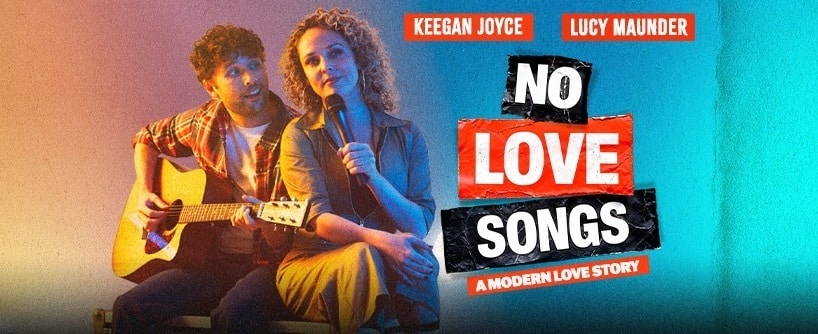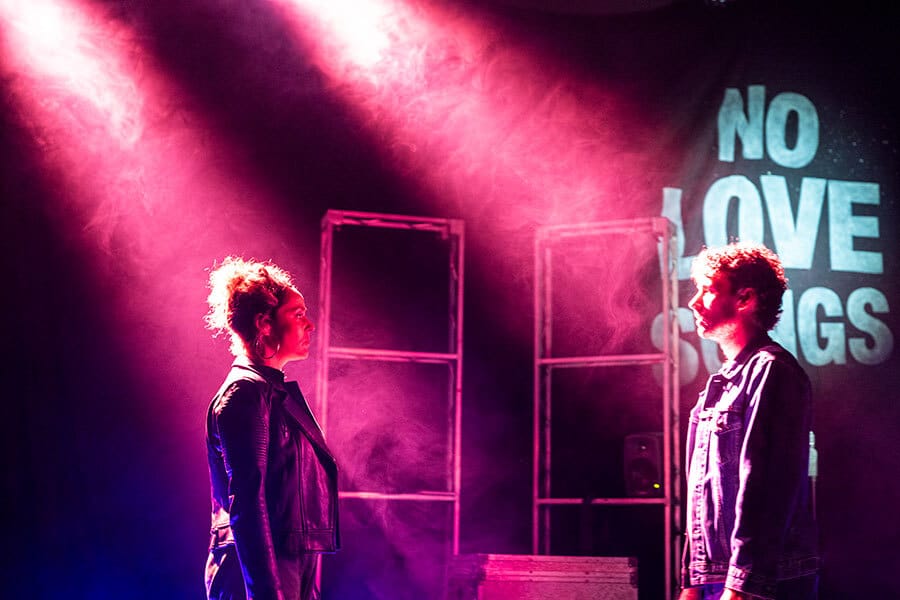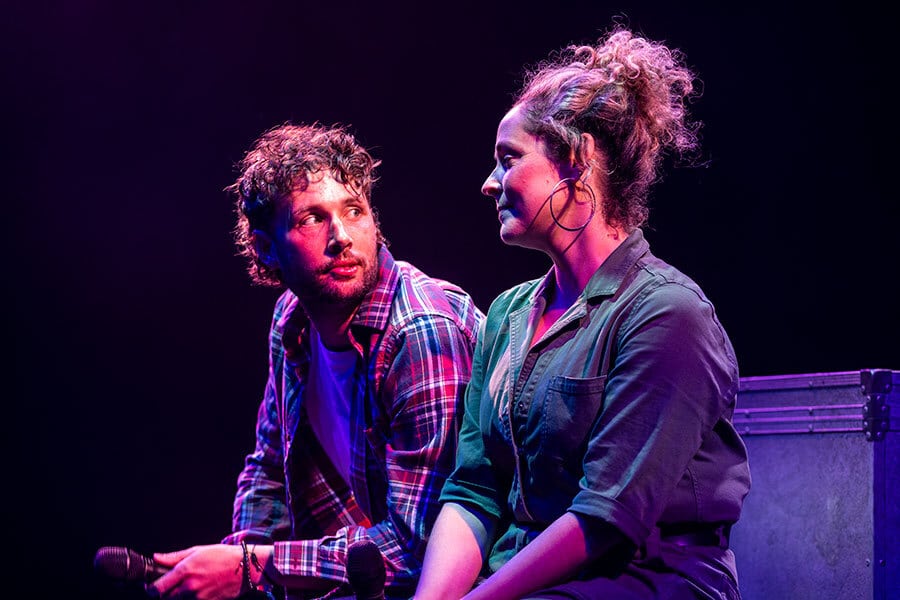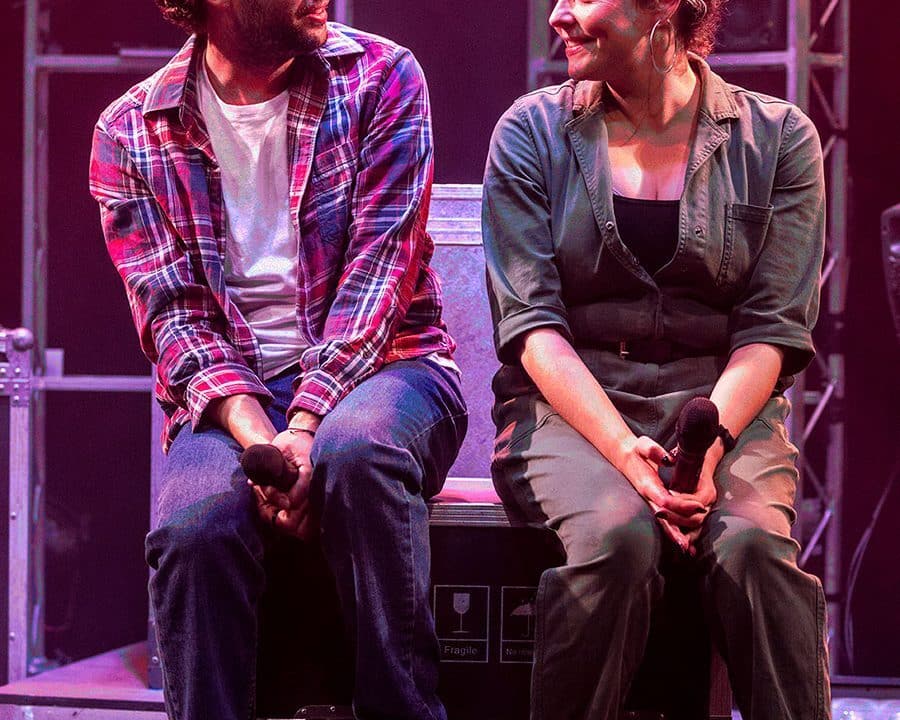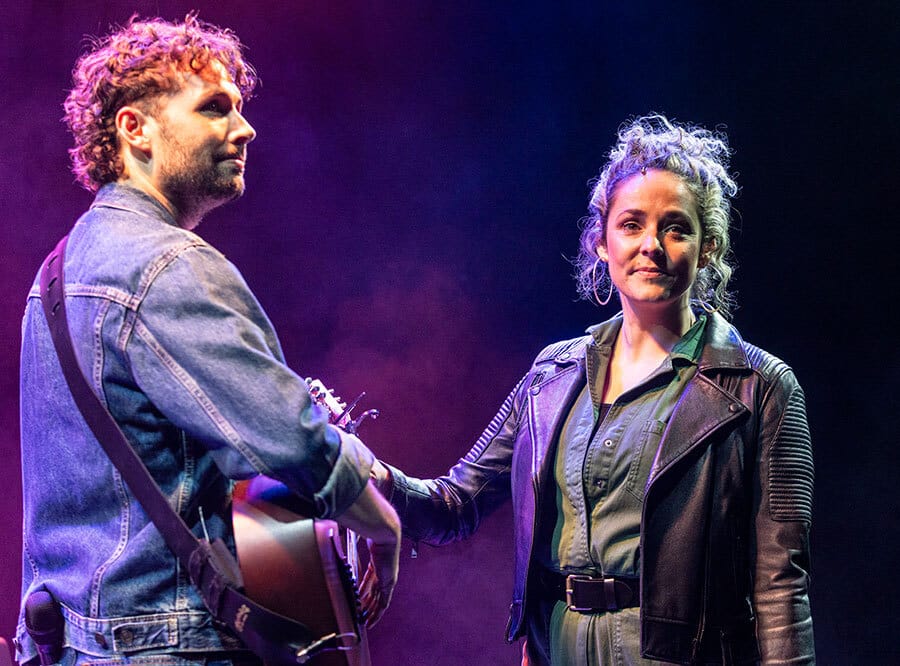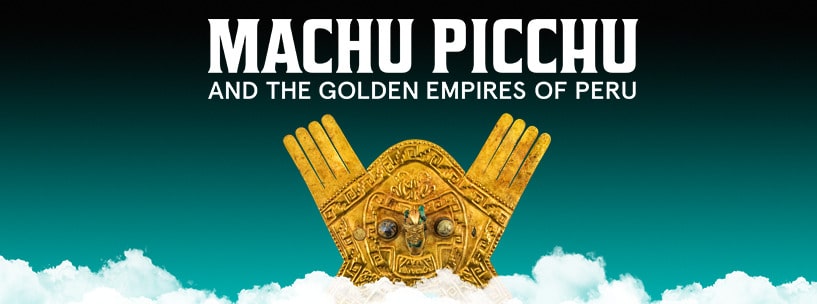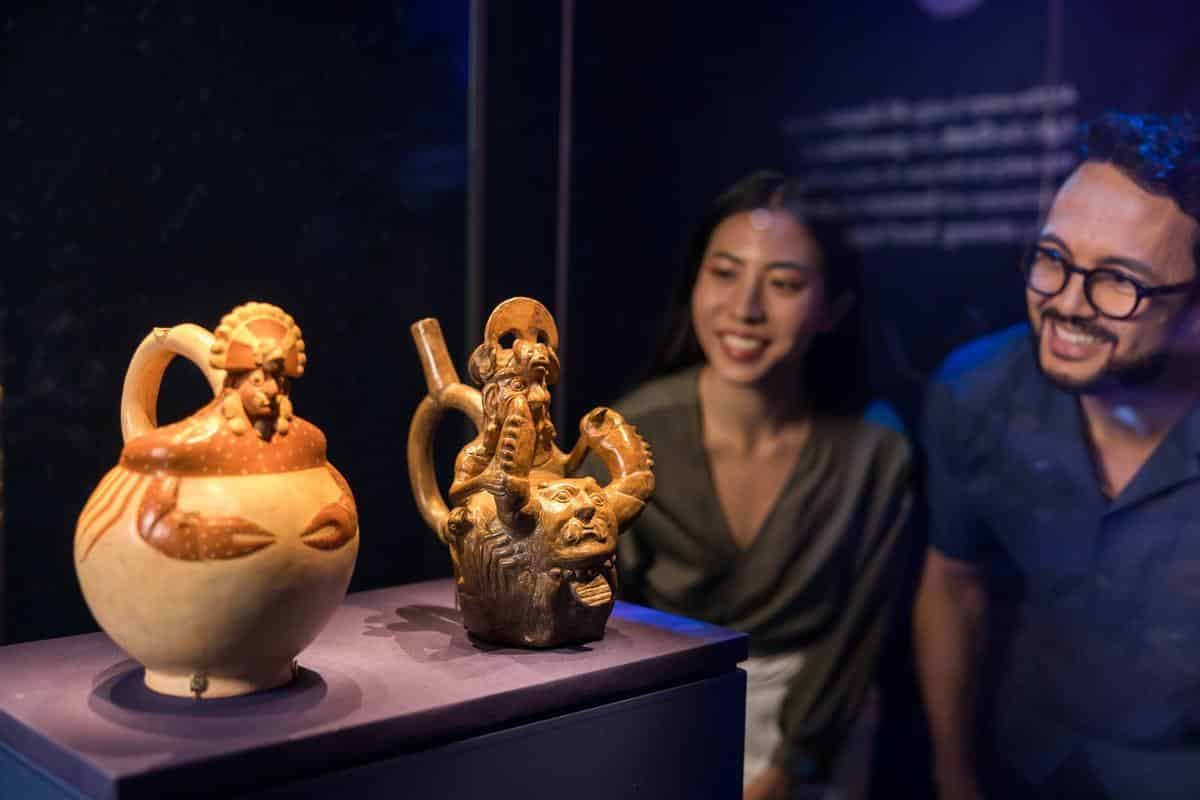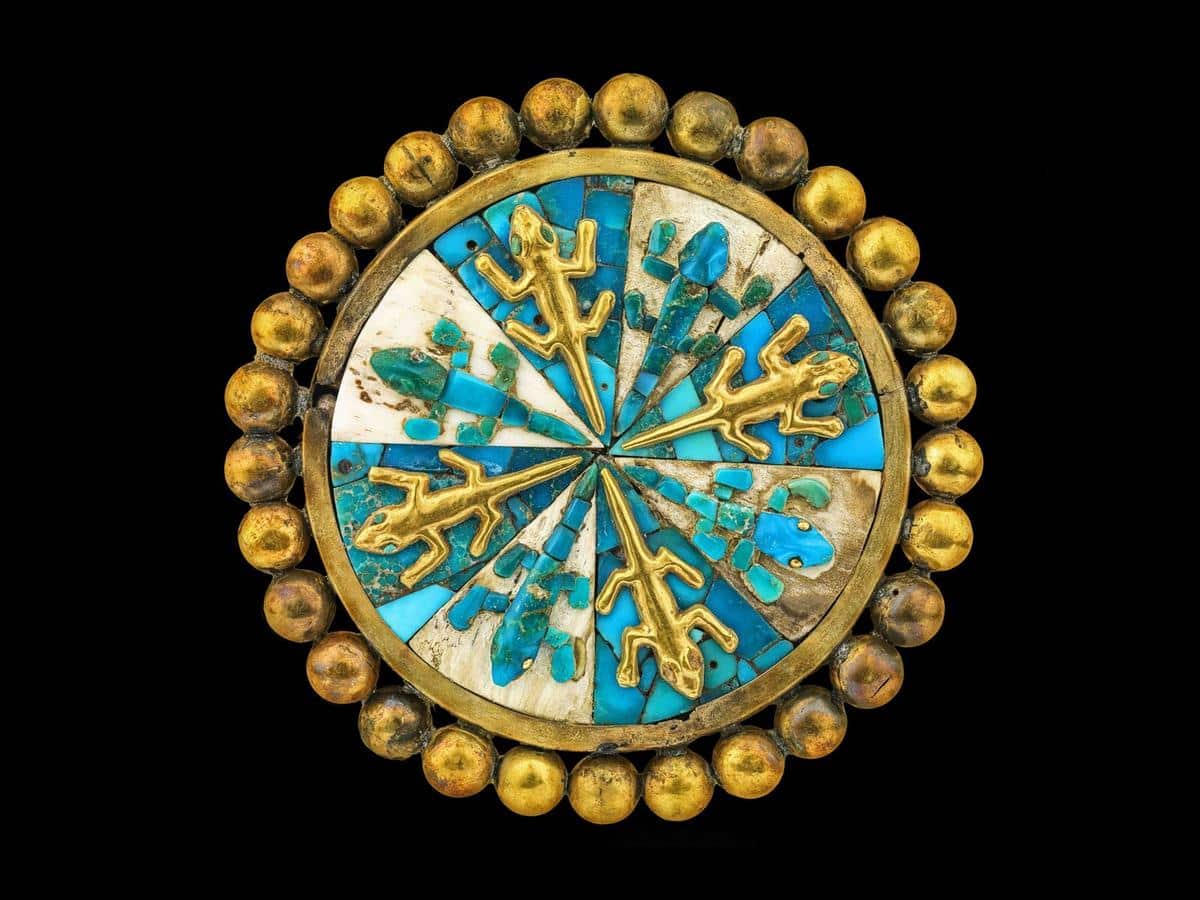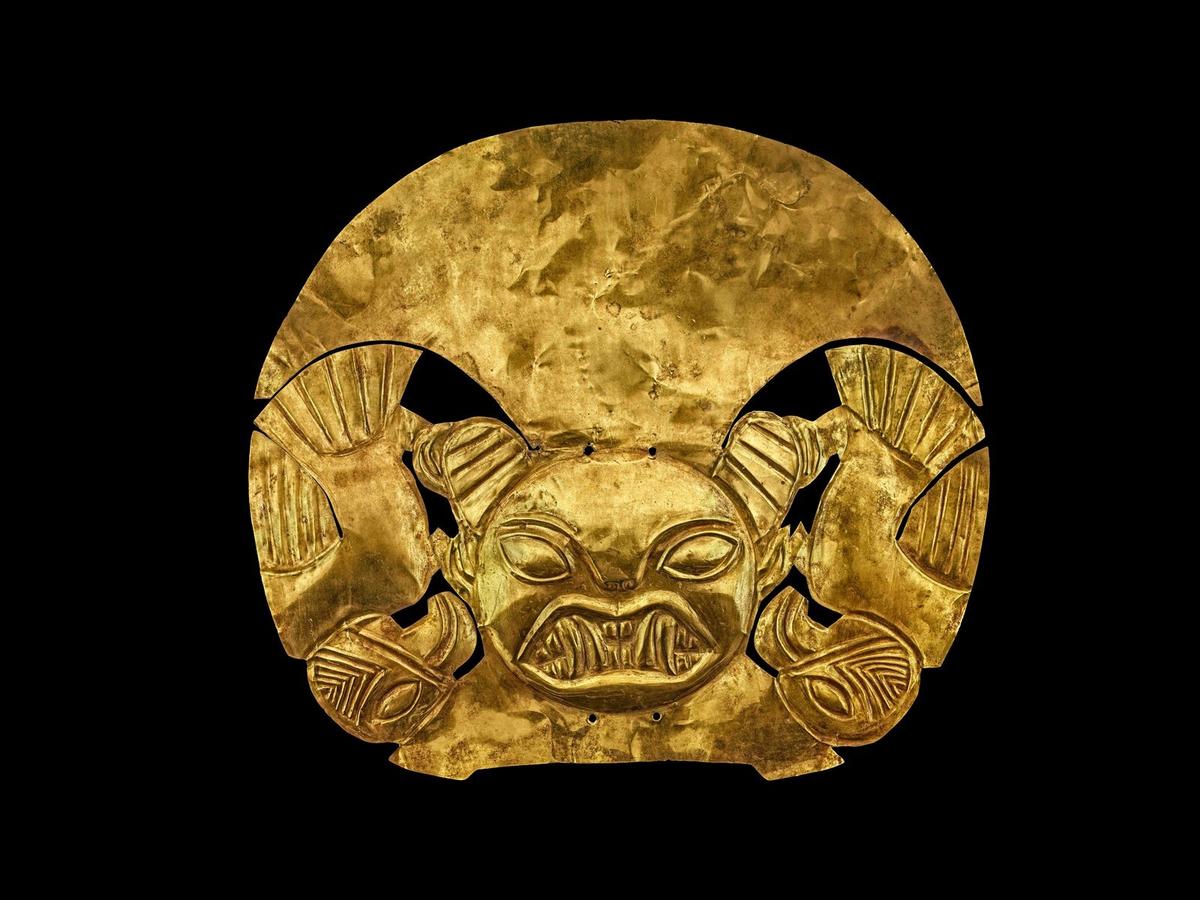This is burlesque with bite. I walked into Confessions of a Drama Queen expecting fishnets and feathers — but what I got was something far bolder: a woman reclaiming her life, body, and sexuality, on her own terms and in her own glorious style. Yes, it’s sexy but also soulful, self-aware, and delightfully risque — equal parts sparkle and steel.
Behind the lashes, lingerie and big belt vocals of Songbird Siren is Megan Walshe. A seasoned Sydney burlesque bombshell who’s earned her stripes wowing crowds—from sultry lounges to cruise ship catwalks. She was also a finalist in the MX Burlesque NSW 2024 competition, with the scars and strut to prove it.
The structure of this one-hour show is deceptively loose and fanciful — a lively blend of skits, strips, vaudeville flair, memoir melodies, and clowning, all seamlessly stitched together. Occasionally, live piano flirts with a syncopated rhythm, adding a wink to the unfolding scenes. Songbird leads us through a raucous, rhinestone-strewn maze of glamour, heartbreak, and hilarity. The journey is a playful yet pointed provocation.
Confessions of a Drama Queen isn’t just cabaret. It’s a backstage pass to the gritty reality of performance life in Sydney through the eyes of a kick arse woman who spins sugar from the sour. It’s a tale of grit and staying power, of clutching your calling tight even when the world buries it beneath bills, rejections, and relentless grind. So while you get the naughty — tassels and tease galore — you’ll also be caught in the sweat and stamina.
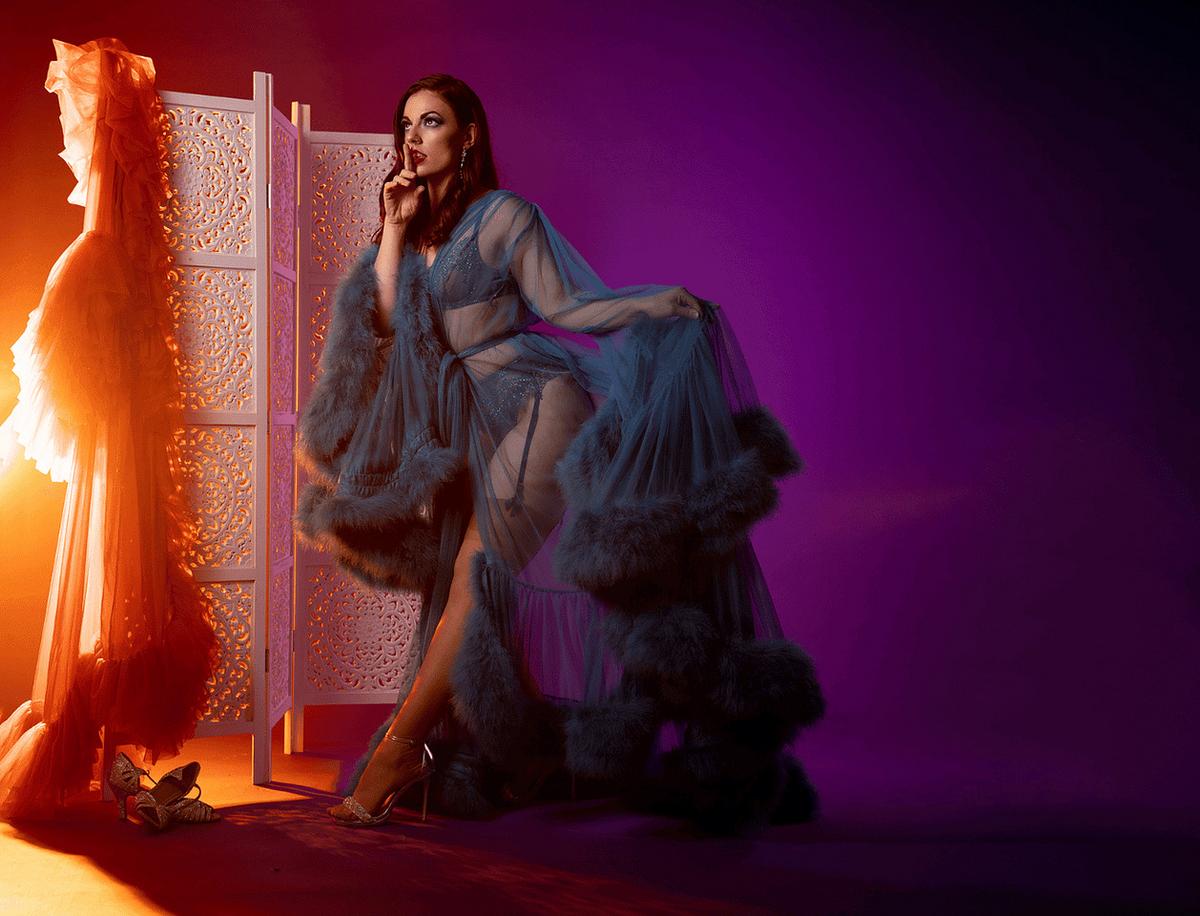
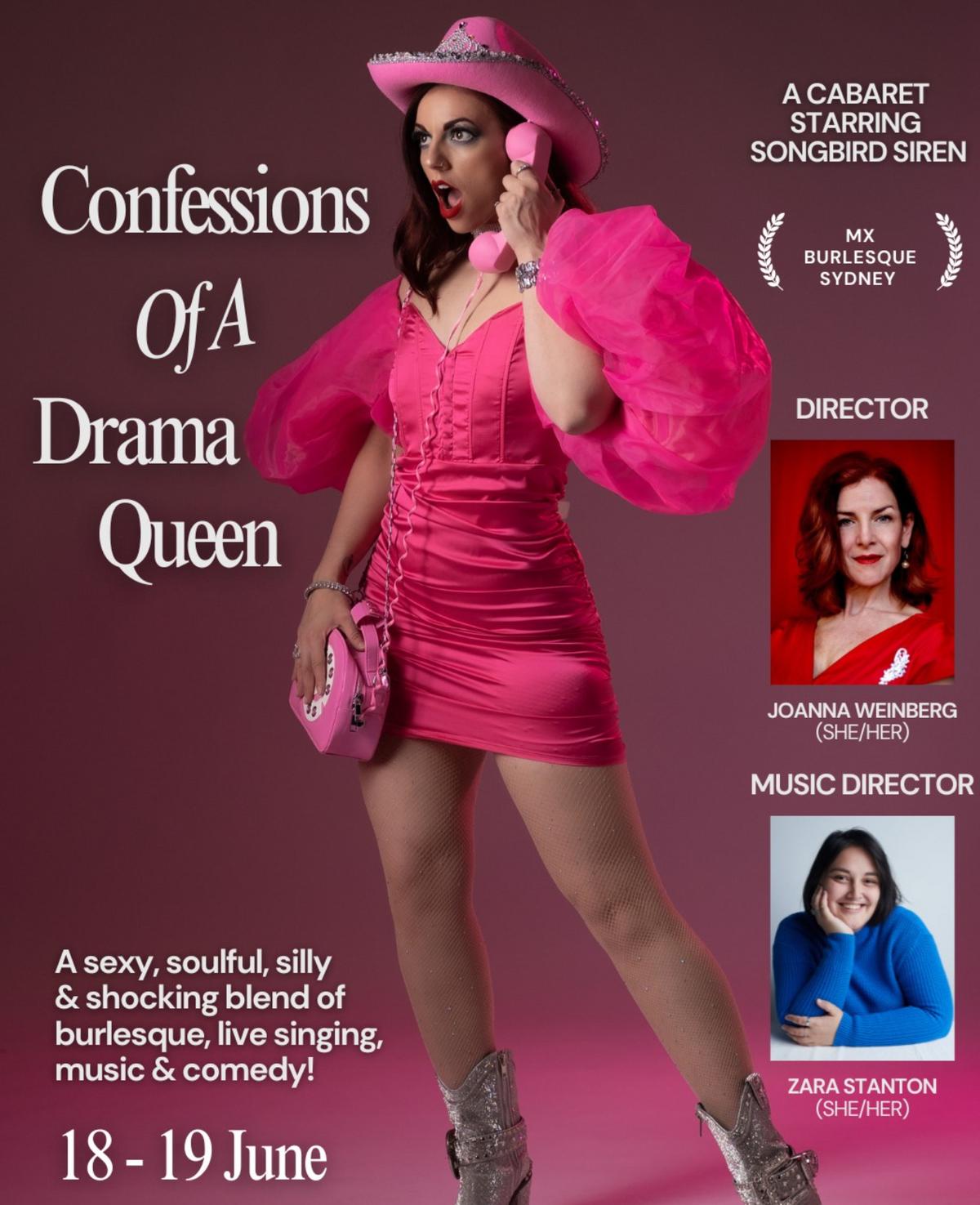

There’s something deeply compelling and ironically voyeuristic in our fascination with what goes on behind the scenes: the heartbreak and the side hustles that fund the dream. While recounting her 27 no-skill jobs—from fairy floss spinner to Macca’s drive-through worker— she performs a fabulous ABBA medley that turns her struggle into something defiant, delivered with flair and self-deprecating humour.
Two clowns (Alexis Hutchinson and Carla Field) provided sharply timed satire as her assistants, and a third silent-yet-essential presence, Jared Jekyll, quietly and comically tidied the trail of costumes and props left in her wake. Together, they conjure a world of slapstick and sincerity with pitch-perfect absurdity whilst effortlessly layering the commentary onto the main story.
Throughout the show, Songbird unfolded her personas much like Gypsy Rose Lee’s life, marked by reinvention and resilience behind the glamour. From desperate musical theatre graduate to cheesy cruise ship numbers, then a very clever slow transition from strip club kitten to full-blown Showgirl Glamazon. This final form shimmered with self-possession. Her performance of “Never Smile at a Crocodile” was a standout. A song I’d never thought much of became, in her hands, a metaphor for staying away from those who diminish you or refuse to see you. She sang it with such tender poise and knowing, it struck a quiet, powerful chord.
Hayes Theatre Co has carved a reputation as Sydney’s home for bold new work — where musicals get gutsy and cabaret sharpens its edge. Their Winter Cabaret Season champions fearless voices in an intimate jewel box that consistently punches well above its weight, giving Sydney’s most adventurous performances the audience they deserve.
Confessions of a Drama Queen is less a performance and more a full-body reveal — a sparkle-soaked chronicle of survival and sheer showbiz grit. Equal parts showstopper, confessional, and comeback story, it’s the backstage juice we’re all secretly dying to hear. Don’t miss it — sass up, sparkle on, and get ready for a truth-telling strip with heart.
To book tickets to Confessions of a Drama Queen, please visit https://hayestheatre.com.au/event/confessions-of-a-drama-queen/.
Photographer: @Apart.Photography

